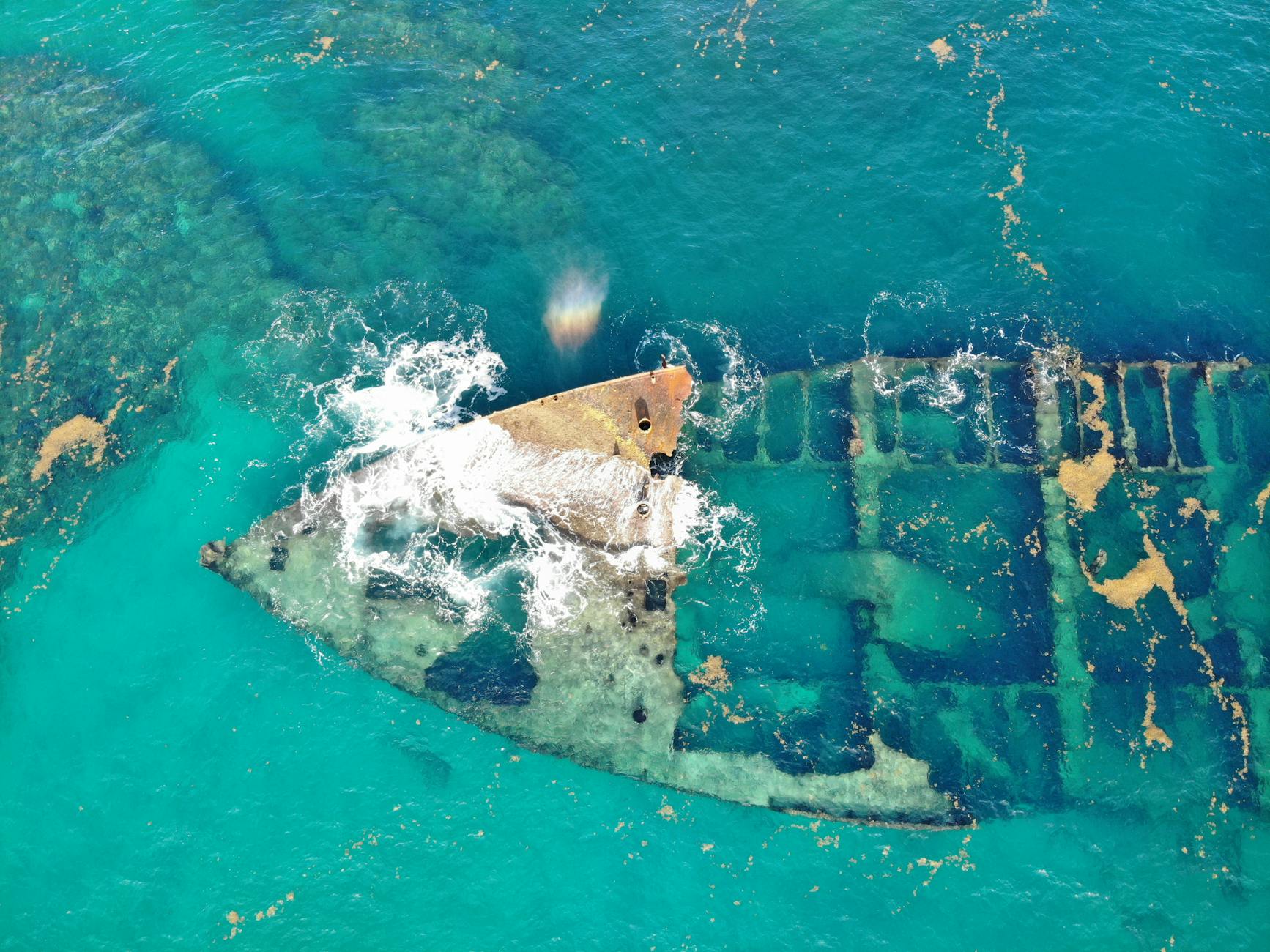Tropical Storm Dexter: Not Done Yet?
So here’s the latest—Tropical Storm Dexter has lost a bit of steam, with winds down to around 40 mph according to the National Hurricane Center. But don’t let that fool you. This thing could easily pick up strength again as it creeps toward the East Coast. And that’s the tricky part. Even though it’s not a hurricane (yet), folks from the Carolinas up to the Mid-Atlantic need to keep an eye on this one. Storms like Dexter? They love to keep us guessing.
Where Dexter Stands Right Now
Winds and Direction
Right now, Dexter’s packing 40 mph winds and moving northwest at about 12 mph. Not exactly terrifying, but here’s the thing—it’s still got plenty of warm ocean ahead to feed on. Meteorologists say it’s looking a bit messy right now, but that could change fast. Like, really fast. All it takes is one shift in the atmosphere and suddenly we’re dealing with a much angrier storm.
What the NHC Is Saying
The latest advisory puts it bluntly: Dexter’s not much to look at now, but conditions could turn in its favor soon. “Warm waters ahead might give this storm a second wind,” they said. Translation? Don’t ignore this just because it’s not making headlines yet. Coastal folks especially should stay glued to updates.
What This Means for the Coast
Beach Trouble
Even weak tropical storms can mess up your beach day. We’re talking rough surf, nasty rip currents—the kind that can pull even strong swimmers under. And beaches? They might lose some sand. Local officials are already warning people to stay out of the water, which honestly seems like common sense but… well, you know how people are.
Rainfall: The Sneaky Danger
Here’s what worries me most—the rain. Some areas could see 3 to 6 inches, with spots getting up to 8 inches. That’s enough to flood streets, yards, maybe even homes in low-lying areas. And it’s not just coastal towns at risk. One NHC forecaster put it best: “This water’s gotta go somewhere, and it’s probably coming through your backyard.”
Could Dexter Come Back Stronger?
What’s Fueling This Storm
Two big factors will decide Dexter’s fate: ocean temps (which are running 1-2°C warmer than usual—thanks, climate change) and wind shear. The warm water’s like rocket fuel for storms, but strong upper-level winds could tear Dexter apart. It’s a tug-of-war, and right now, nobody’s sure which side will win.
What the Models Show
Forecasters are split. Some models show Dexter falling apart over cooler water. Others give it a 1 in 3 chance of strengthening later this week. The official track keeps it mostly offshore, but close enough that one wobble could change everything. Classic “wait and see” situation.
How to Stay Safe
Basic Prep Stuff
If you’re in the possible path:
- Know how you’d get out if needed—evacuation routes aren’t something you want to Google during a storm
- Grab water, snacks, meds, and flashlights now rather than fighting crowds later
- That patio furniture? Yeah, it could become a missile in 50 mph winds
Where to Get Info
Bookmark the NHC site—it’s the gold standard. Your local weather app works too, but make sure it’s pulling from reliable sources like NOAA. Social media? Maybe not your best bet unless it’s an official account.
Remember Julia in 2016?
Dexter’s acting a lot like Tropical Storm Julia did—everyone wrote it off until it suddenly got stronger right before hitting North Carolina. Caused $25 million in damage. Moral of the story? Never underestimate a tropical storm, especially when the ocean’s this warm.
Bottom Line
Dexter might not look scary now, but that could change fast. Coastal areas should stay alert, inland areas should watch the rain forecasts, and everyone should have a plan. Forward this to anyone you know in the potential zone—sometimes the quiet storms are the ones that sneak up on you.
Source: NY Post – US News








